Explore the Islands of Nagasaki, Japan

Nagasaki Prefecture consists of 594 islands. Tsushima, Iki and Goto are the main ones that have gained popularity within the recent years and these islands are most well-known for its uncrowded and stunning beaches, outdoor and water activities, fresh and extensive selection of seafood .
Tsushima Island
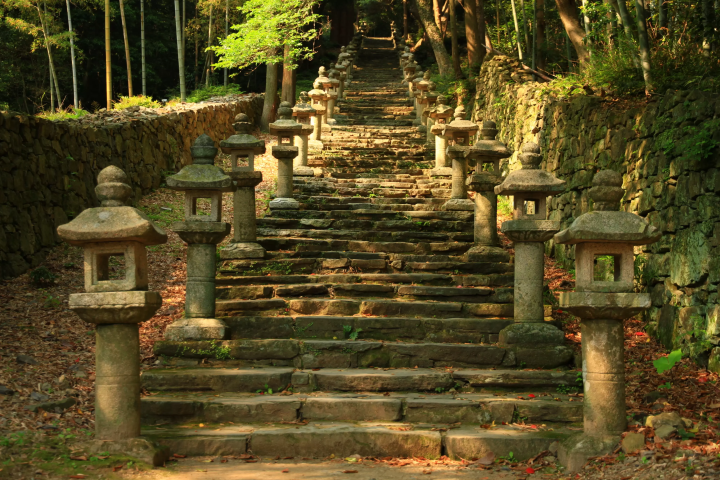
Tsushima, located between Kyushu and the Korean Peninsula, is referred to as the “border island.” The majority of this island is covered by mountain forests, and its untouched nature helps preserve the almost-extinct wildlife, the Tsushima Leopard Cats, which can only be found on this island. In recent years, outdoor activities on the island such as sea kayaking, fishing, and trekking are becoming popular among the visitors.
Aso Bay

Aso Bay is a large complex inlet that is most well-known for its ria coastline. Unlike the open sea, the waters at Aso Bay is tranquil, which makes it the ideal location for sea kayaking.
Mt. Shiratake
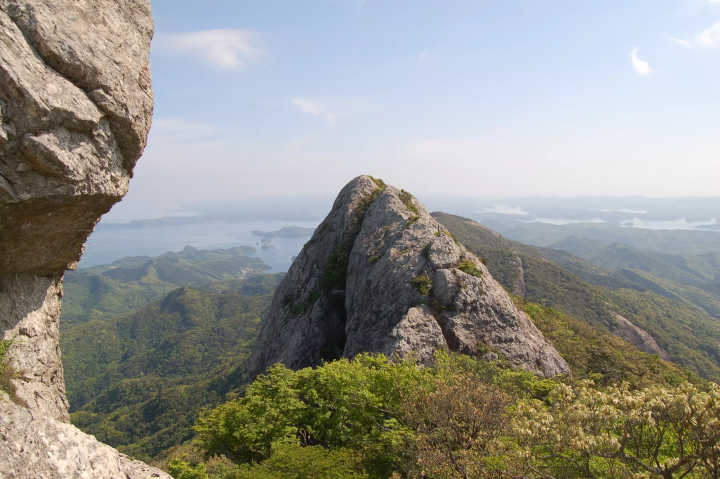
Designated as a national treasure in Japan, Mt. Shiratake is a symbolic sacred mountain located on Tsushima Island. The hiking trail that leads up to the summit takes approximately three to four hours round-trip, but the panoramic view at the top is well worth the hike.
Iki Island
Iki is an island that has an impressive history that can be traced back to the Jomon Era. It was first officially recorded in Chinese history as “Ikikoku” in the 3rd century, namely in the Records of the Three Kingdoms. With its extensive history, and also having 150 registered Shinto Shrines on the island, Iki is said to be the place of origin of Japanese Shintoism. For gourmet lovers, sea urchin, Iki wagyu beef, and Iki shochu (alcohol) are some of the must-try foods.

Saru-Iwa (Monkey Rock)
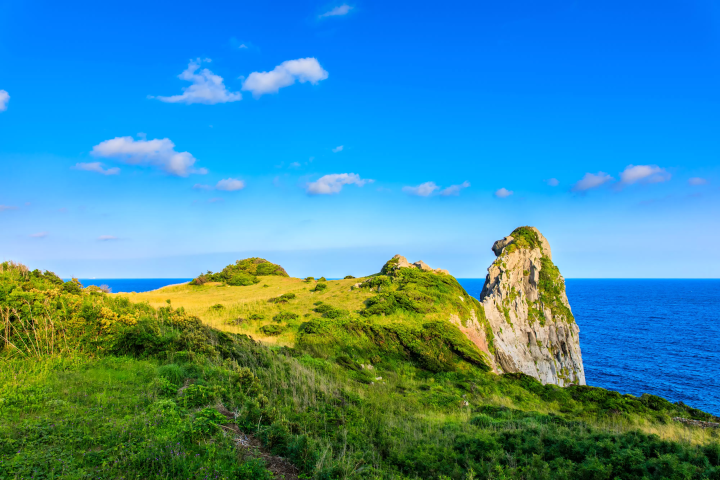
Saru-Iwa, which literally translates to “monkey rock”, is a famous landmark on Iki Island. The rock boasts of an impressive size, which can be easily seen from the observatory deck. Alternatively, you can take a short hike that will take you right next to the Saru-Iwa.
Tatsunoshima
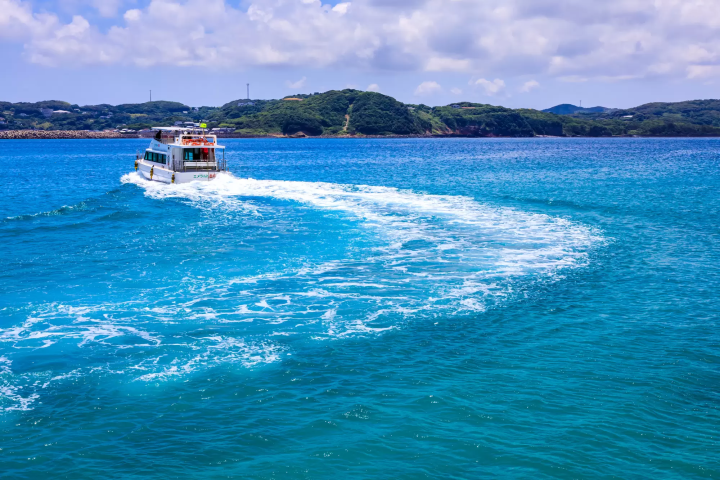
The uninhabited island, Tatsunoshima, is located 2km off the coast of the northern edge of Iki, Katsumoto Harbor. Regular boat tour is available every 1-2 hours from March through November. Enjoy the view of the crystal clear, turquoise blue ocean water, and its uniquely shaped cliffs; all of which can only be seen from the boat.
Kojima Shrine

Known as one of the power-sports in Iki, Kojima Shrine is located on an offshore island, which can only be accessed on foot during low tide. At high tide, the path (which includes the torii gate and staircase) that leads up to the actual shrine is submerged under water, thus making it look like an isolated island.
Goto Islands
The Goto Islands, (meaning “Five Islands”), is actually comprised of approximately 140 islands. The entire area is designated as a part of the Saikai National Park. In addition to having one of the Top 100 beaches in Japan, it also has many historical churches, and an inspiring history on the Hidden Christians Sites in the Nagasaki Region. Local specialty goods such as camellia oil, Goto udon and Goto beaf are also some of the highlights this area.
The Goto Islands are also steeped in Hidden Christian history. Despite harsh persecution of Christians in Japan during the 16th to 18th century, the faith of the Hidden Christians brought them through 250 years of hardship and hiding.
With this inspiring and moving history, the "Hidden Christian Sites in the Nagasaki Region" was inscribed as a UNESCO World Heritage Site in 2018.
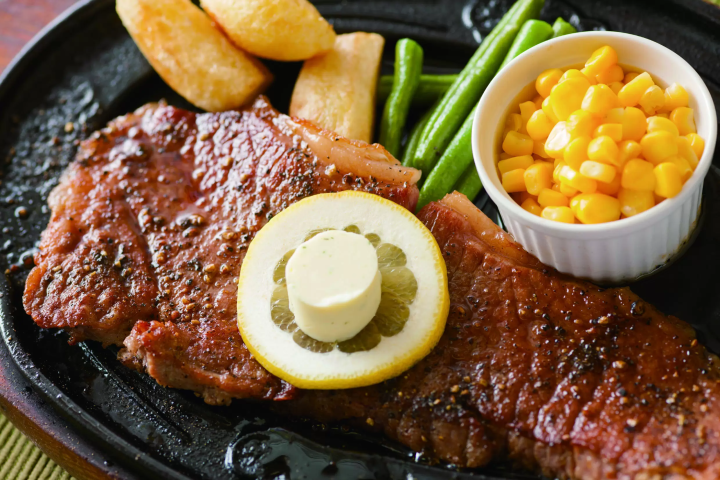
Dozaki Church
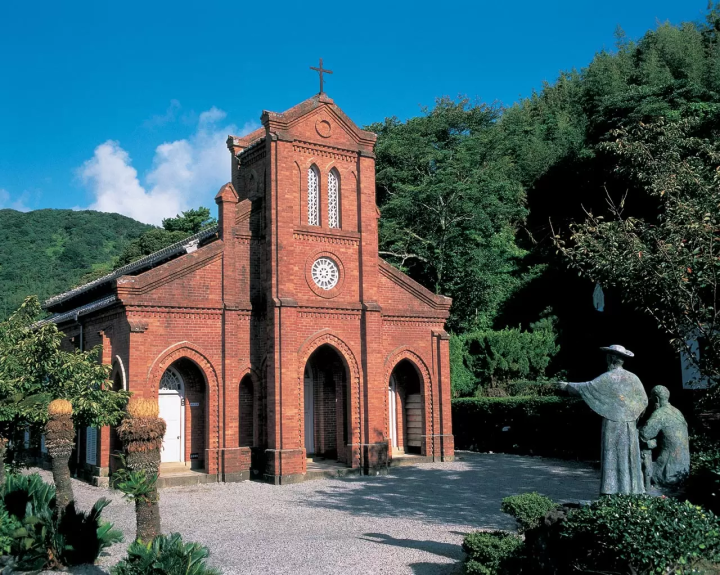
Dozaki Church is a gothic-style church in Oku-ura district where the Hidden Christians first migrated and settled on Fukue Island. It was built as Goto's first church in 1879, and then rebuilt in full-scale with redbrick in 1908. Now, the church serves as a museum displaying the historical documents and items related to the faith and history of the Christians in Goto.
Osezaki Lighthouse
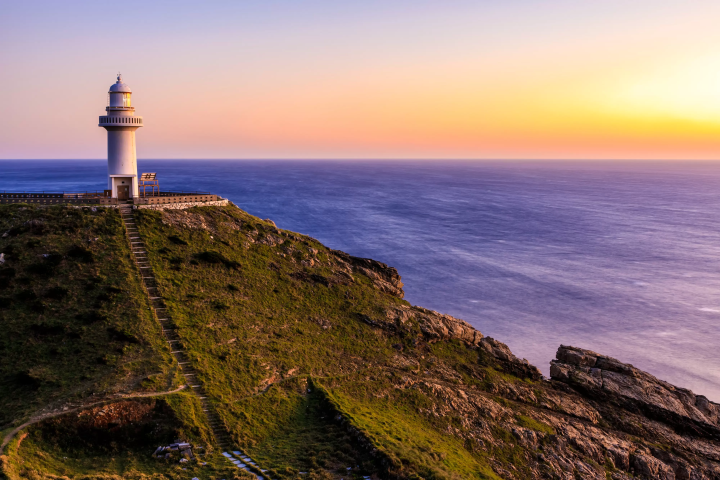
The Osezaki Lighthouse is set against a dramatic backdrop of wave-worn cliffs as steep as 150 meters. Although the current lighthouse was built in 1971, the original structure was designed by an Englishman and erected in 1879. A part of it has been turned into a permanent exhibit at the Museum of Maritime Science in Tokyo.
The nearby observatory is a popular spot for both visitors and locals to enjoy the sunset view. For adventurers, you can also walk to the lighthouse. Getting to the lighthouse requires a 2.4km hike (round-trip of about an hour), but intermittent green tunnels created by camellia trees lining both sides of the paved trail make it a pleasant trek. Once at the lighthouse platform, the sight of the stoic white structure combined with the cliffs and surrounding ocean makes it a spectacular and an unforgettable view.
Hamaguri Hama Beach

One of the top 100 beaches in Japan, Hamagurihama is one of Shinkamigoto's most popular beaches. At low tide, the receded shoreline leaves behind a wide expanse of soft sand and shallow puddles. The event “Let's play at Hamagurihama Day” is held here every year near Marine Day, drawing a crowd from both the various islands and other parts of Japan. Amenities in the area include a beach house and shower stalls.
How to Access the Islands
To reach the various islands in Nagasaki Prefecture, you can take a boat from Nagasaki Port, Sasebo Port, or Hakata Port, etc., or, depending on the area, you can take an airplane.
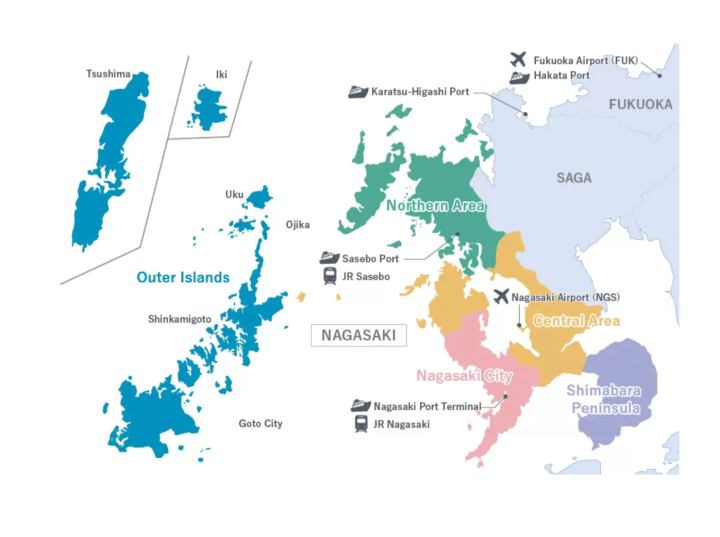
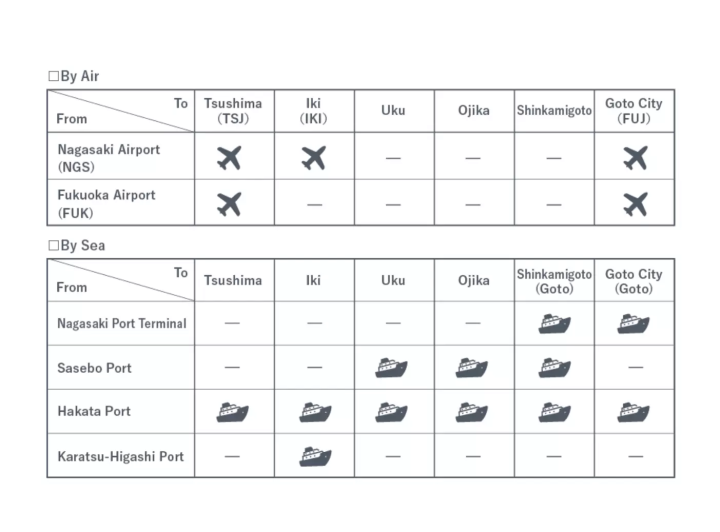
- Tsushima
35 minutes by airplane from Nagasaki Airport / 30 minutes by airplane from Fukuoka Airport / 2 hours 10 minutes by jetfoil from Hakata Port (Fukuoka)
- Iki
30 minutes by airplane from Nagasaki Airport / 1 hour 10 minutes by jetfoil from Hakata Port (Fukuoka) / 2 hours 20 minutes by ferry from Hakata Port
- Shinkamigoto
2 hour 10 minutes by jetfoil from Nagasaki Port to Narao Port / 1 hour 40 minutes by high-speed ferry from Nagasaki Port to Tainoura Port / 1 hour 40 minutes by high-speed ferry from Nagasaki Port to Arikawa Port / 1 hour 25 minutes by high-speed ferry from Sasebo Port to Arikawa Port / 5 hours 55 minutes by ferry from Hakata Port (Fukuoka) to Aokata Port
- Goto city ( Fukue )
30 minutes by airplane from Nagasaki Airport to Fukue Airport / 40 minutes by airplane from Fukuoka Airport to Fukue Airport / 1 hour 25 minutes by jetfoil from Nagasaki Port to Fukue Port / 3 hours 10 minutes by ferry from Nagasaki Port to Fukue Port / 8 hours 30 minutes by ferry from Hakata Port to Fukue Port
*For more access information to the islands, a web page linked from the button below would be useful.
More information for exploring Nagasaki prefecture
Detailed and latest information for travelers visiting Nagasaki prefecture can be switched from the link button below.
The Nagasaki Prefecture Tourism Association provides tourist attractions information including sightseeing spots, gourmet and events to travellers from all over the world.
The contents on this page may partially contain automatic translation.
































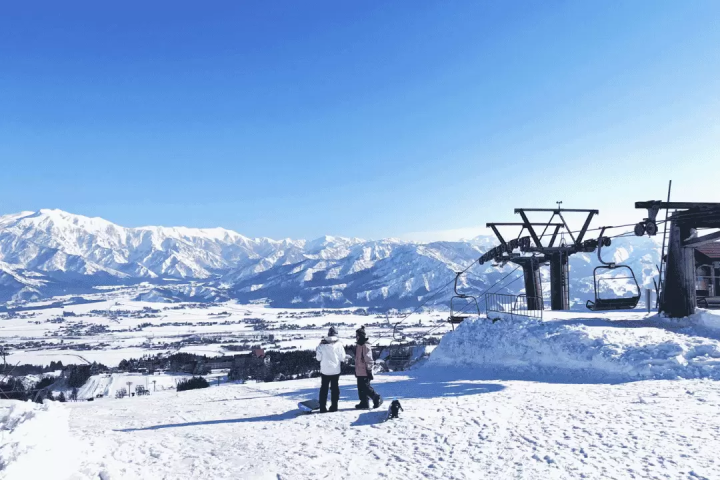
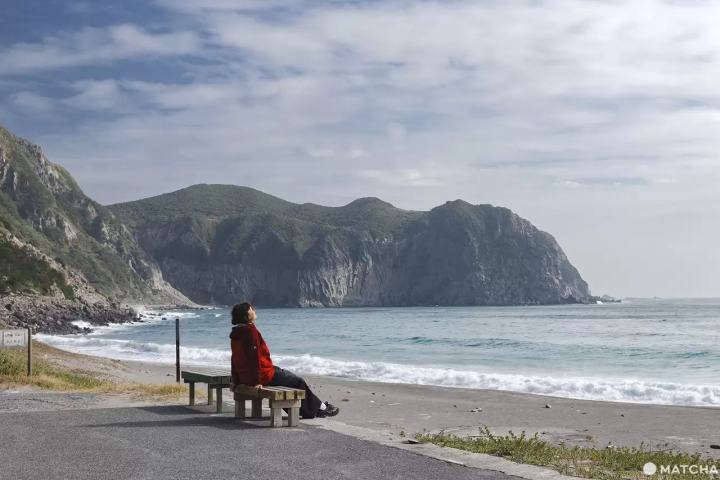
![Deep dive into Japanese brands! A tour of famous leather shoe stores with GENSEI & Nin [Tohritsu Shoes Edition]](https://resources.matcha-jp.com/resize/720x2000/2025/12/18-253283.webp)

